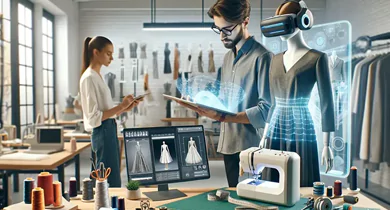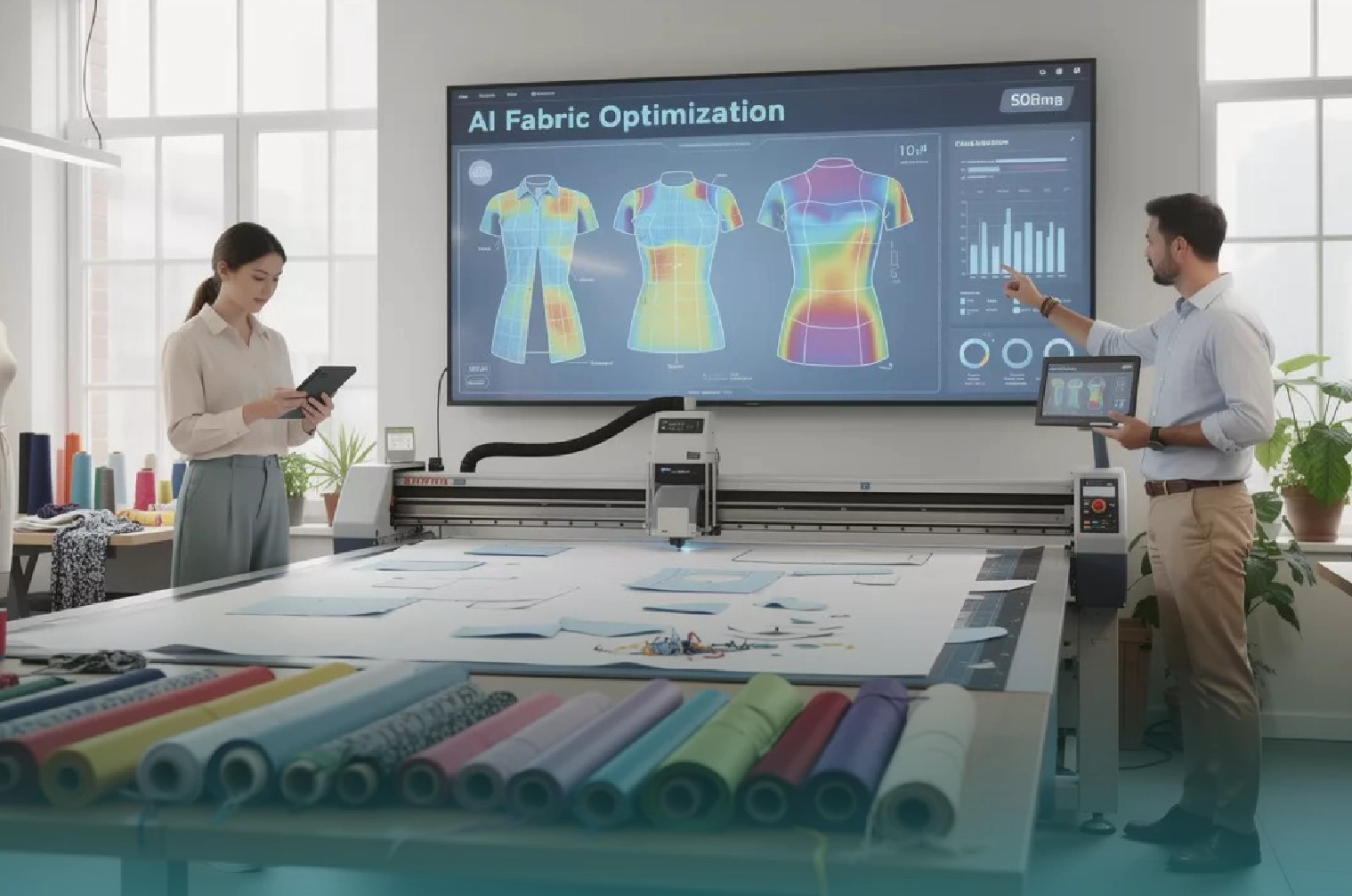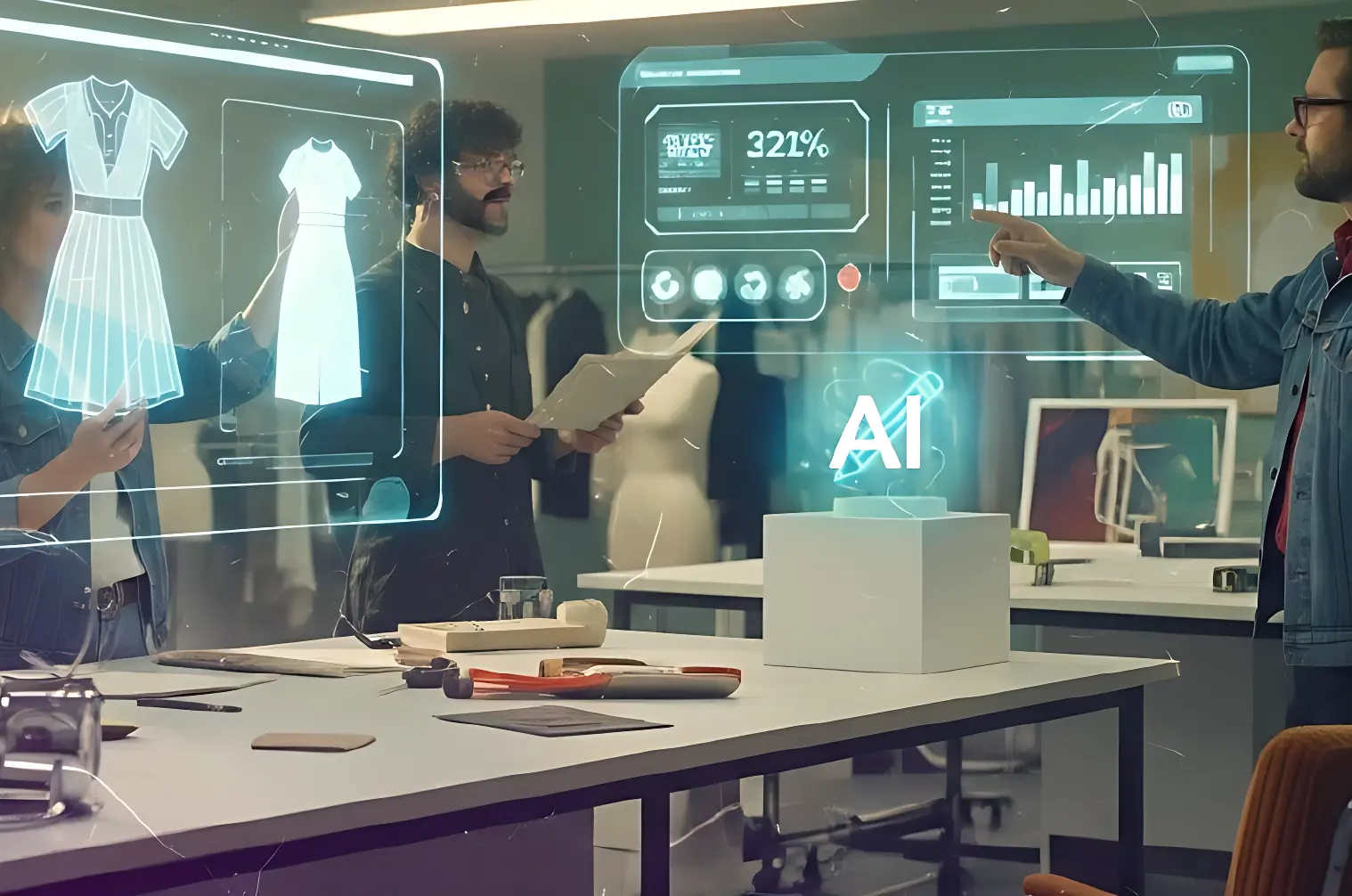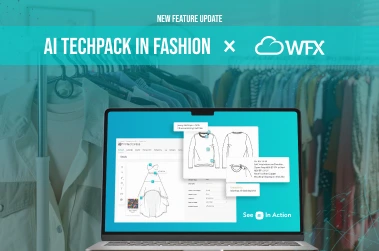1. Trend Prediction with AI-based Forecasting
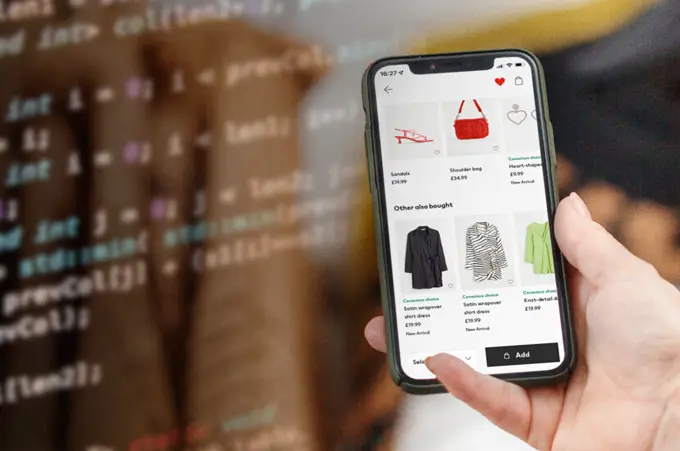
Whether you like it or not, fashion is all about the trends. Giving fashion brands the ability to predict “what’s in next” is the literal business model of trend forecasting giants like WGSN, Peclers, Trend Stop, Fashion Snoops, and many more. These companies extensively use artificial intelligence for tracking shopping behavior, consumer sentiment, social media, global events and so on—to accurately predict trends so that fashion brands can design collections accordingly.
Predictive analytics and AI-based trend forecasting uses ML algorithms to analyze massive amounts of data from various sources, such as social media, digital media, fashion shows, and online searches to identify patterns and predict trends. It provides insights into customer preferences, buying behavior, and market movements.
But AI prediction isn’t just for trend forecasting firms. For example, fast fashion behemoth H&M employs more than 200 data scientists to track purchase patterns and other store trends to map customer demand at a granular level. Similarly, Sweden’s Zara also uses AI algorithms to identify patterns and predict which styles are likely to become popular in the future. This data then informs their product development, inventory strategy, and marketing campaigns.
2. Personalization through AI & Machine Learning
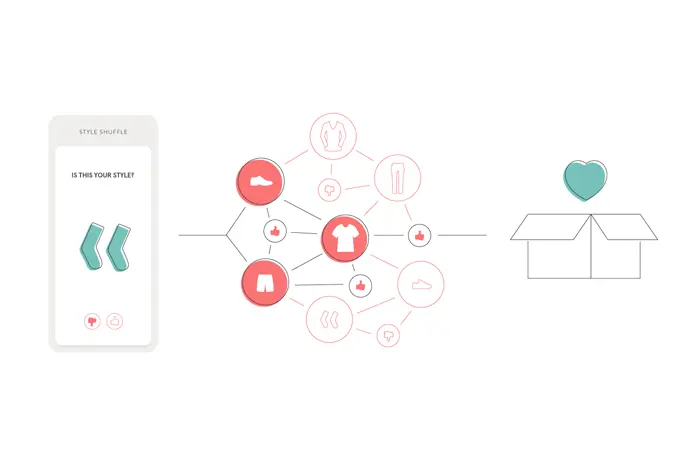
AI-supported personalization will completely transform the way people shop for clothes. In the past, personalization was limited to basic recommendations based on the user’s past purchases or search history. But AI and ML can help fashion brands offer highly personalized shopping experiences by diving much deeper into their customer’s lifestyle, mood, preferences, and body type.
For instance, 3D scanning technology can be used to create a precise digital model of a customer’s body which can then be used to create custom perfectly fitted clothes for each customer on demand. For example, fashion startups like True Fit are designing AI-based fitting solutions for fashion retailers. Even Amazon is using its data and proprietary LLMs to help brands reimagine size charts.
Using openly available as well as voluntarily shared data, AI algorithms can make accurate predictions about what customers like and offer personalized recommendations. This leads to a more engaging and efficient shopping experience for the customers.
Another example of this is Stitch Fix, a personal styling service that uses AI algorithms to deliver customized boxes of clothing to its customers. With the help of a survey and feedback system, the company’s AI algorithm can understand a customer’s preferences, style, and body type, for highly personalized recommendations.
3. Streamlining Supply Chain Efficiency & Inventory Management with AI
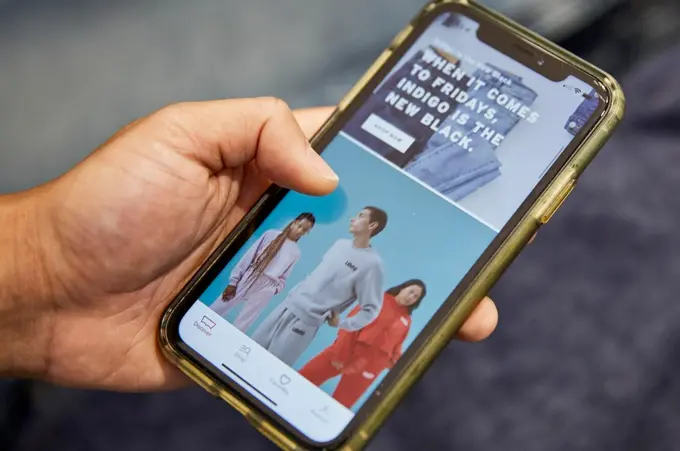
Efficient supply chain management has long been a challenge for the fashion industry, where demand can be unpredictable and fast-changing trends often lead to overproduction or stockouts. Integrating AI into Enterprise Resource Planning (ERP) or Product Lifecycle Management (PLM) systems automates inventory tracking and analysis, provide real-time insights, and suggest intelligent restocking decisions based on historical sales data and predicted demand.
For example, Adidas has employed AI-powered inventory management to optimize its supply chain. Their hierarchical supply chain structure, combined with AI analytics, ensures products reach the right regions with minimal waste. Their SPEEDFACTORY initiative utilized automation and predictive analytics to streamline manufacturing and distribution processes. The project was closed in 2020 but helped the company learn how they can leverage tech to reduce costs and environmental impact.
Levi Strauss & Co. uses an AI-powered Business Optimization of Shipping and Transport (BOOST) engine for inventory optimization, improving their ability to gauge sales trends and respond to shifts in demand efficiently. They can anticipate stock needs and prevent inventory buildup, resulting in a more agile and sustainable supply chain.
Burberry, known for its luxury offerings, integrates AI into its supply chain to monitor inventory levels, recognize slow-moving items, and adjust global distribution effectively. This real-time data analysis enables them to quickly respond to changing consumer preferences while enhancing their environmental and operational performance.
4. Better Search & Image Recognition with Computer Vision
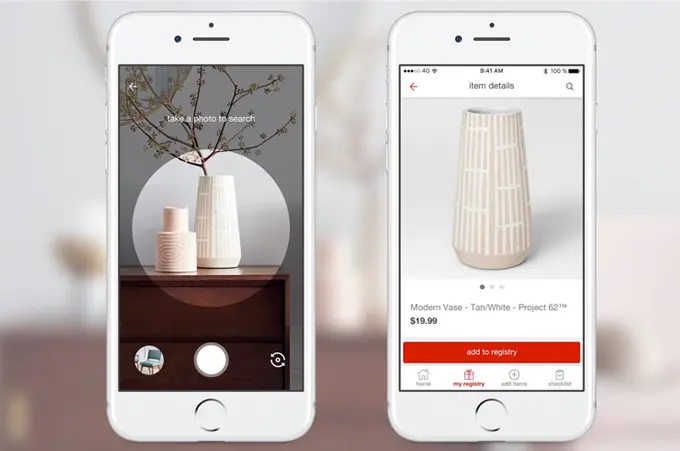
Have you ever wanted to take a picture of an item you liked on the street and find similar products instantly? Computer vision technology can analyze the image, identify the style, color, pattern, and shape of the item, and match it with products in the inventory. This technology can also be integrated into virtual try-on tools, making it easier for consumers to visualize how a product will look on them before making a purchase.
Companies like Pinterest and Amazon are harnessing computer vision to enhance customer experience. Pinterest‘s “Lens” feature lets users upload or snap photos of objects and get related pins, including clothing recommendations. Amazon enables customers to upload an image, and its AI-powered tool finds similar styles on Amazon, considering factors like brand, price, and user preferences.
Visual search is also making waves with augmented reality (AR). L’Oréal’s ModiFace allows users to virtually try on makeup using facial recognition and AR, giving them a highly personalized shopping experience.
Integrating voice-activated search is the next frontier for many companies. For example, Target‘s mobile app lets users take a picture or describe a product to find matching or similar items, merging both visual and voice search. These advances are pushing visual search to become more sophisticated, with improved image recognition and more accurate results. We can expect to see even more brands adopting this technology to provide a seamless and engaging shopping experience for their customers.
5. Improving Customer Experience with Artificial Reality & NLP
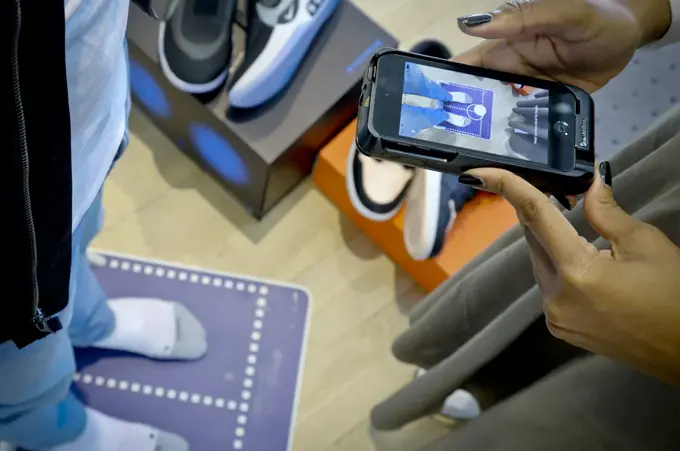
Augmented reality (AR) lets customers virtually try on clothes to see how they’d look before making a purchase. This enhances shopping by enabling interactive product demos and immersive displays that anyone with a smartphone can access from anywhere. Meanwhile, natural language processing (NLP) powers chatbots and virtual assistants to provide instant, personalized customer support in a conversational way.
Nike‘s “Nike Fit” app uses AR to scan customers’ feet with a smartphone camera and provides accurate shoe sizes through a 13-point measuring system. The more people use the app, the more data it gathers, resulting in improved sizing recommendations that reduce returns and boost profits. Meanwhile, fashion-tech startup 3DLook specializes in photorealistic virtual fitting room technologies that let customers visualize clothes on their unique body shapes.
British retailer Next utilizes generative AI to craft tailored responses to thousands of customer queries. This ensures consistency, saves time, and streamlines customer service, freeing up their team to tackle more complex issues. Similarly, H&M‘s chatbot on the Kik messaging app allows customers to browse products, receive styling tips, and enjoy personalized recommendations via natural language interactions.
As these technologies advance, experts foresee a future where AI, AR, and NLP converge in a fully immersive virtual shopping environment. Brands will provide increasingly intuitive and engaging experiences, using machine learning to better understand customer preferences and refine virtual try-ons.
6. Levelling Up Social Media with AI Influencers
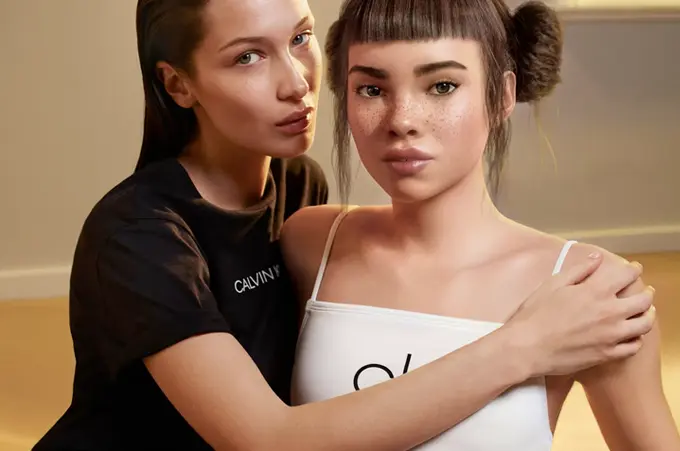
Social media has transformed how fashion brands market and sell their products. With tools like Sora, Midjourney, and DALL-E, brands can create engaging multimedia content that captivates audiences like never before. Now, AI influencers—virtual personas crafted using advanced algorithms that mimic human behavior—offer a new and creative way for brands to connect with their followers.
Lil Miquela, an AI influencer with nearly 3 million Instagram followers, has collaborated with notable fashion brands like Prada and Calvin Klein while appearing in magazines such as Vogue and Harper’s Bazaar. Her ability to blur the line between reality and virtual life appeals to younger generations, making her a powerful marketing tool.
Shudu Gram, often hailed as the “world’s first digital supermodel,” collaborates with luxury brands like Balmain and has graced the pages of prestigious magazines. Her presence showcases how AI personas can embody the diversity and sophistication sought after in high fashion.
In Japan, Imma is a pink-haired virtual influencer who partners with makeup brands and tech companies to promote new products and technologies. Her distinctly digital yet relatable personality has captivated millions, highlighting how culturally specific personas can reach unique audiences.
In the future, we can expect to see more AI influencers in fashion as brands experiment with this technology to connect with their audiences on a deeper level. These virtual characters can deliver tailored messaging and consistent engagement, effectively blending entertainment and advertising in ways that resonate with the digital generation.
7. Augmenting Human Work Through AI Collaboration
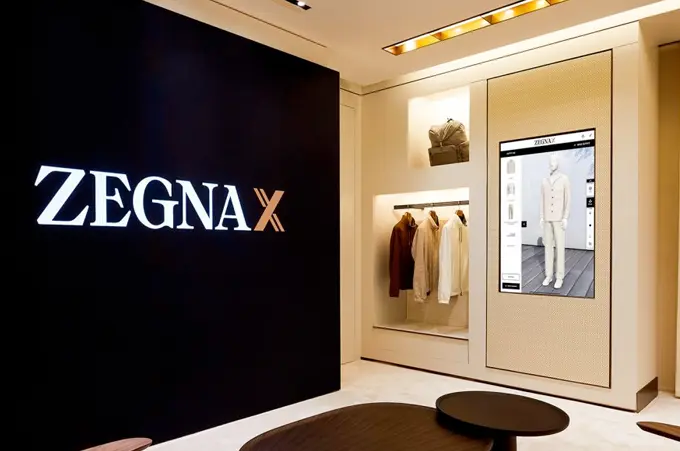
One of the most promising aspects of AI in fashion is its power to augment human creativity and productivity. Fashion businesses can harness generative AI to automate repetitive tasks, freeing up time for high-level creative work.
Generative AI can analyze past trends, styles, and customer preferences using machine learning algorithms. These insights help AI models generate unique, fresh, and on-trend designs, reducing the manual effort required to conceptualize new collections. It also automates manual processes like data entry and inventory management, enabling employees to focus on creative and strategic tasks.
Adidas uses 3D printing and generative AI to craft distinctive shoe designs tailored to each customer’s foot shape and size. Tommy Hilfiger leverages AI to develop unique styles for its TOMMYNOW fashion shows.
Swedish retailer H&M applies generative AI to test designs for its Conscious Exclusive collection, gaining insights into customer preferences and refining new designs through a generative adversarial network (GAN). This innovative approach blends data with creativity to offer styles that appeal to current trends.
Last year, Zegna released the Zegna X configurator, an AI-powered tool allowing customers to personalize products with any combination of colors and fabrics. Initially available by appointment at the flagship store in Milan, it will soon be rolled out worldwide.
These examples underscore the potential of AI to complement and elevate human creativity while optimizing efficiency across the fashion industry. How will further advancements in AI reshape design workflows and the customer shopping experience?
8. Simplifying Fashion Marketing with AI
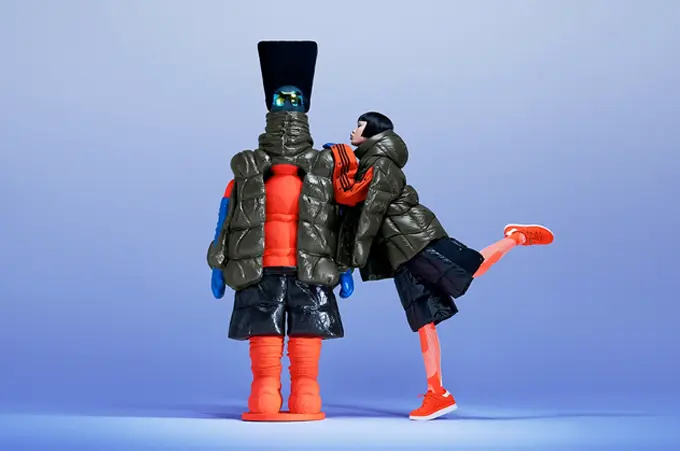
Let’s face it—most fashion brands today are primarily in the business of marketing, given that production has largely been outsourced to Asian countries over the past 30 years. The quest to transform fashion marketing with AI is accelerating, leading to innovative campaigns that combine art, technology, and brand storytelling.
Recognizing the potential of AI early, Valentino embraced Gen AI with its ‘Essential’ campaign in January 2023. This campaign showcased a hybrid world between humans and machines, where each image was crafted using a generative text-to-image system. Spearheaded by AI specialist Vittorio Maria del Masso, the campaign captured the ethereal fusion of creativity and computation, offering a glimpse into how brands can elevate their visual storytelling through artificial intelligence.
Meanwhile Moncler, known for its distinctive down jackets, teamed up with Maison Meta for its first AI-driven campaign as part of the brand’s ‘Genius’ division. Released alongside its London Fashion Week spectacle, the campaign featured a curated collection of machine-generated images that aligned perfectly with Moncler’s avant-garde sensibility. The collaboration highlighted how AI-generated content could complement high-profile events, creating a cohesive and captivating brand message.
In the UK, Marks & Spencer is leveraging computer vision and CAD data to automate product design and documentation. The automation process includes generating product descriptions and editing images, enabling M&S to streamline their marketing workflow while maintaining consistency. By simplifying these tasks, the retailer enhances efficiency and ensures their marketing assets are compelling and accurate.
The race to reinvent fashion marketing through AI is on, and brands are finding new ways to use the technology to captivate audiences with visually compelling campaigns and streamlined processes.


































